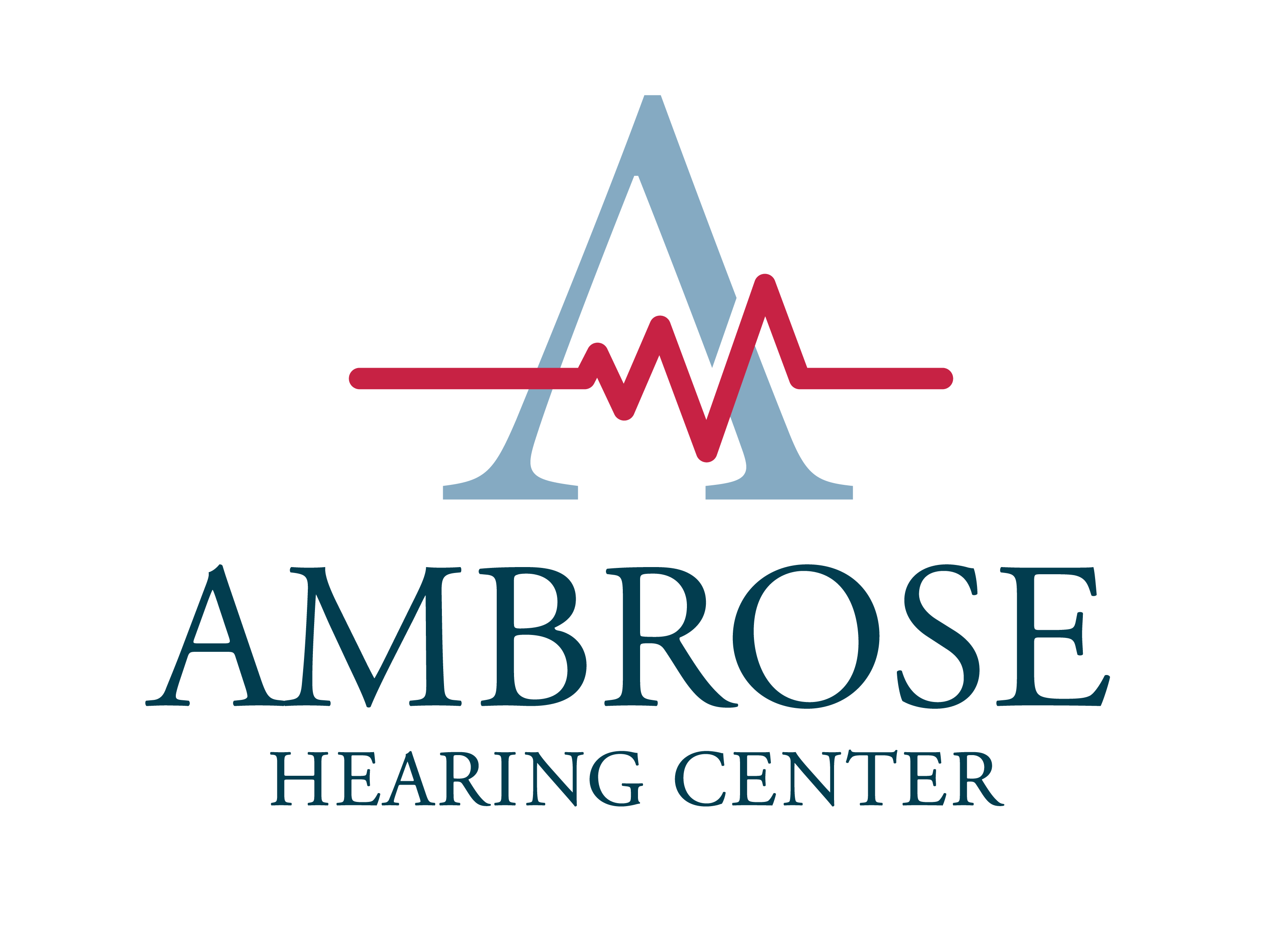Hearing Loss Projected to be Commonplace Condition
Can you imagine a time when hearing loss would be commonplace? When it would be more prevalent than not in a social setting? When it would be the new normal? Given demographic trends, we may be rapidly approaching such a time. This is driven by three important factors — (1) the median age of the U.S. population is increasing, (2) people are living longer, and (3) the higher incidence of hearing loss in older adults.
Hearing Health Care Will Be Increasingly Important
In the National Academies of Sciences’ report Hearing Health Care For Adults, the authors use demographics to demonstrate the increasing impact hearing health care will have from a social policy standpoint.
According to the report, in 1900, 4.1 percent of the U.S. population was 65 years or older, representing a little over 3 million people; by 2012, 13.7 percent of the population or 40 million people were 65 or older, and by 2060, 24 percent of the U.S. population is expected to be 65 or older. These trends are similar in other developed nations around the world.
Combined with the fact that people are living longer and the higher incidence rates of hearing loss in older adults, we may be approaching a time when hearing loss is the new normal among adults. Higher rates of noise pollution and ubiquitous earbud use may also make hearing loss more common across other age groups, although this could be offset by better-regulated noise levels in work settings.
Increasing Hearing Loss Prevalence Has Some Silver Linings
The trends are frightening, but the good news for those of us with hearing loss is that as hearing loss becomes more “normal,” social change is inevitable. I can imagine several positive developments.
1. Reduced stigma. When something is commonplace, stigma recedes. This would be wonderful news for people living with hearing loss and might push people to seek treatment for hearing loss more quickly. Currently, people wait an average of seven to ten years before seeking assistance.
2. Cheaper and more widespread access to hearing solutions. This is already in process as companies prepare for a new FDA category of over-the-counter hearing aids for people with mild to moderate hearing loss. With increased demand and new competitors entering the market, innovation and lower prices are likely.
3. Trendier hearing devices. When everybody has one, individuality will become more important, making hearing devices fair game for fashion. That will be fun.
4. Quieter spaces. Wouldn’t that be wonderful! Restaurants might begin turning down the music to attract older patrons. Movies and other theaters may also start turning down the volume while dialing the sound clarity.
5. Better hearing assistance everywhere. Captioning, looping, and other assistive technologies could soon become the norm. Maybe the captioning on live T.V. programs would also improve. As demand grows, new forms of hearing assistance for public spaces will likely result.
6. More regular screening by doctors. Changing demographics should lead to changes in the medical profession. Since earlier detection and treatment of hearing loss could help reduce associated health problems such as depression, a greater risk of falls, and a higher likelihood of dementia, we may see hearing screenings become a standard part of an annual physical.
7. Clearer speech patterns. With more people with hearing loss, enunciation and careful diction may again become the typical speech pattern. That would certainly make things easier to hear!
8. Increased emphasis on hearing research. This can only be good news. The more scientists learn about how hearing works (and doesn’t work), the more successful they will develop new cures and better ways to prevent hearing loss.
Article originally appeared on PsychologyToday

